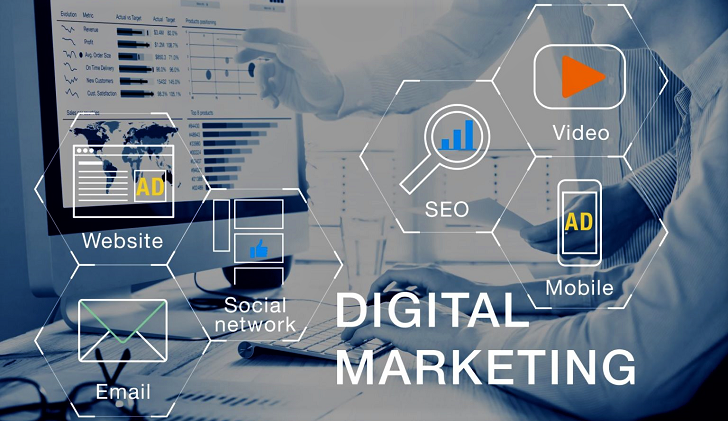
Artificial intelligence (AI) allows computers to mimic the learning, problem-solving, perception, and decision-making skills of a human. Once considered science fiction, AI has become a part of our everyday reality. Today, AI is used for customer service chatbots, media streaming providers, banking and financial services, smart home devices, and more.
AI is also gaining ground in the healthcare sector, where it’s driving the efficiency of value-based care. Value-based care is defined by its intent to create more value for the patient. Every element of a value-based healthcare system should enhance the quality of patient care and thus improve patient outcomes. AI in value-based care can help realize this vision in various ways.
An Overview of AI in Value-Based Care
Value-based care isn’t just about individual patients. It further aims to create better health for broader populations and to lower per-capita costs of healthcare at large. All of this adds up to more effective and efficient healthcare systems that better serve patient interests while minimizing needless spending.
Organize and Analyze Healthcare Data
Healthcare is a data-driven industry. A single patient file can contain extensive amounts of information, from past diagnoses to blood test results and basic facts like height, weight, and age. To diagnose a patient successfully, a healthcare provider needs to have access to all of this information. AI can help better organize, manage, and even analyze such data.
What’s more, AI can take datasets from not just one patient but from many patients, bringing together large swaths of information to make it easier to identify significant trends across patient populations. For example, AI algorithms can track, pinpoint, and analyze adverse events in pharmaceutical clinical trials, helping to speed drug development and get patients new medicines they need faster.
Research suggests that AI can be used at many stages of the drug development process. For example, in drug design, AI can predict drug-protein interactions and help model the 3D structure of a target protein. In the later development stage of drug screening, AI can be used to help predict elements like bioactivity and toxicity.
Enhance Diagnostic Procedures and Predictions
AI can also help improve diagnostic procedures and predictions for individual patients, directly impacting care decisions and outcomes. This fact becomes especially evident when looking at the promise offered by human genome sequencing.
Every individual has unique DNA. Through genome sequencing, researchers can now analyze each person’s DNA and identify genetic markers that indicate a person has a greater likelihood of developing a particular disease. With this information – which goes well beyond what a standard physical exam and health history can provide – doctors and patients can benefit from improved diagnostics predictions.
One famous example is the actress Angelina Jolie. Through genome testing, the actress discovered that she was a carrier for the BRCA1 gene mutation, making her more susceptible to breast cancer. A woman with the BRCA1 gene has a 69% chance of developing breast cancer. In comparison, the average woman has about a 12% chance of this. As a preventative measure, Jolie opted to have a double mastectomy.
Improve Support Informed Clinical Decision-Making
As the Angelina Jolie example also shows, AI-driven data analysis can be used not only for predictive modeling but also to guide healthcare decision-making. The more data a patient and healthcare provider have, the more informed of a decision they can make, jointly, regarding the patient’s course of care. In Jolie’s case, the identified risk warranted what some might consider a drastic step.
This shows how AI in value-based care can directly impact individual patients. Data-driven decision-making removes some of the unpredictability of healthcare. Instead of waiting to see if cancer developed, Jolie proactively decided to minimize the risk. The promise of AI-supported data analysis is especially significant given the rise in electronic health records (EHRs), which digitize patient data.
This approach would arguably also prove more cost-efficient at an individual level and minimize the burden on the healthcare system (when considering a long-term cancer patient’s requirements). Cost-cutting is also part of the value-based healthcare model, which aims to reduce the cost of services without negatively impacting the outcome – or, better yet, improve outcomes without increasing costs.
AI in Value-Based Care: A Case Study
A case study can help crystallize the information above and demonstrate how AI can contribute to value-based healthcare. For example, consider how AI can be used to help predict epileptic seizures. Epilepsy is a neurodegenerative illness that causes recurrent and unpredictable episodes.
Individuals diagnosed with epilepsy can benefit from medication. However, approximately one-third of patients can’t successfully manage their symptoms using medicine and still experience dangerous spontaneous seizures. While surgical interventions are available to treat epilepsy, the overall success rate remains relatively low, and the risk of complications is significant.
More recently, researchers have begun exploring the utility of AI in predicting epileptic seizures. By analyzing large swaths of historical data regarding epileptic seizures, it may be possible to identify so-called seizure generators correctly. This can help keep patients safe and further open up new avenues for developing alternative interventions to address and possibly prevent seizures.
This example clearly shows how AI can help healthcare become more personal while also allowing for more significant predictive and preventative measures. As AI capacities continue to evolve and the healthcare system gains confidence implementing tools like those described above, more such examples of AI in value-based care can be expected.
Understand the Healthcare Marketplace with Share Moving Media
As a healthcare manufacturer, it’s essential to stay up to date on the latest developments in your field. Technological innovations like AI in healthcare directly impact the providers and systems you serve. Understanding what matters to them will help you better map the customer journey and meet each customer’s unique needs.
Share Moving Media is committed to helping medical suppliers gain a better understanding of the healthcare marketplace, which allows them to increase market share. We are a full-service media company that helps healthcare suppliers create compelling content to reach their target audiences, including blogs, podcasts, webinars, and more.
Subscribe to our newsletter, The Marketing Minute, for more updates. Contact us to work together.



